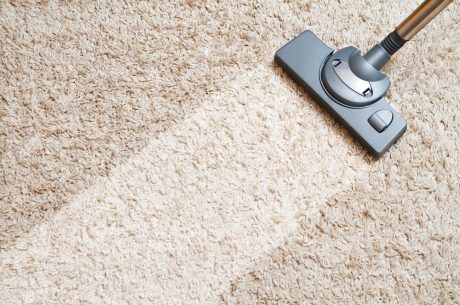Biohazards are biological substances that pose a threat to human, animal, or environmental health. These include bacteria, viruses, toxins, bloodborne pathogens, and other infectious materials that can cause diseases or contamination. Recognizing what constitutes a biohazard and knowing how to respond to a biohazard spill is critical for ensuring safety and preventing further risks. PuroClean of Noblesville restoration professionals are licensed, insured, and certified to remediate biohazard environments safely and in accordance with all applicable laws and standards. We understand that some events may be sensitive and must be handled with compassion and discretion. We bring a sense of calm back to those impacted, whether the loss is in a home, commercial property, or business office.
There are three basic groups of biological agents that could either accidentally or intentionally hurt someone: bacteria, viruses, and toxins. Read on to learn more about what is considered a biohazard and what to do in case of a spill.
What Is Considered a Biohazard?
A biohazard encompasses a wide range of biological agents and materials, including:
- Human Body Fluids and Tissues: Blood, saliva, urine, and other bodily fluids that may carry pathogens such as HIV, hepatitis, or other infectious agents.
- Medical Waste: Contaminated needles, syringes, bandages, and laboratory samples.
- Microbiological Agents: Bacteria, viruses, and fungi used in research or present in environmental samples.
- Animal Waste and Byproducts: Feces, carcasses, or tissues from infected animals.
- Pathogenic Toxins: Biologically derived toxins such as botulinum or anthrax.
What to Do in Case of a Biohazard Spill
Biohazardous spills vary in risk to personnel and the environment, making each spill unique. There are several factors that must be considered, including but not limited to the pathogenicity of the agent, route of exposure, volume of a spill, and other aspects such as sharps.
Assess the Situation
First, evaluate the risk and identify the type and extent of the spill. Then, you must determine whether it involves high-risk infectious materials or a potential for exposure. If the spill is significant or involves dangerous pathogens, evacuate the area and alert appropriate personnel immediately.
Protect Yourself and Others
Make sure to wear personal protective equipment (PPE): Gloves, masks, goggles, lab coats, or full-body suits, depending on the severity of the biohazard. Then, isolate the area by restricting access to the affected zone to prevent further contamination. Use signage or barriers to mark the spill zone.
Contain the Spill
If possible, contain the spill by placing absorbent materials like paper towels, biohazard spill kits, or other absorbents around the perimeter. You must try to stop the spread. Many facilities have biohazard spill kits that include disinfectants, absorbents, and disposal bags designed for these situations.
Decontaminate the Area
Apply an appropriate disinfectant (e.g., bleach solution, hydrogen peroxide) to the spill area. Let it sit for the recommended time to ensure pathogen inactivation. Carefully clean up the spill using tools like tongs or dustpans to avoid direct contact.
Dispose of Biohazard Waste Properly
Make sure to place all contaminated materials (e.g., used PPE, absorbent pads) in designated biohazard bags or containers. Then dispose of the waste following local regulations for biohazard disposal, often through licensed medical waste companies such as PuroClean.
Report and Document the Incident
It is a good idea to inform your supervisor or safety officer about the spill. Make sure to document the incident, including the type of biohazard, the steps taken for cleanup, and any potential exposure.
Seek Medical Attention if Necessary
It is important that anyone who was exposed to the biohazard immediately wash the affected area and seek medical advice. Follow post-exposure protocols, such as vaccinations or treatments, as advised.
Prevention and Preparedness
To minimize risks, facilities should conduct regular training for staff on handling biohazards and spill response. It is a good idea to maintain and restock biohazard spill kits, establish clear biohazard response protocols, and ensure compliance with OSHA and local regulations.
Understanding and responding appropriately to biohazard spills can prevent severe health risks and ensure a safe environment. Preparedness, quick action, and adherence to safety guidelines are essential to mitigating the dangers of biohazard exposure. If your property needs biohazard restoration, contact PuroClean of Noblesville at (317) 210-2323 and our team of professionals will effectively restore your affected areas using state-of-the-art techniques and equipment.




 PuroClean of Noblesville
PuroClean of Noblesville